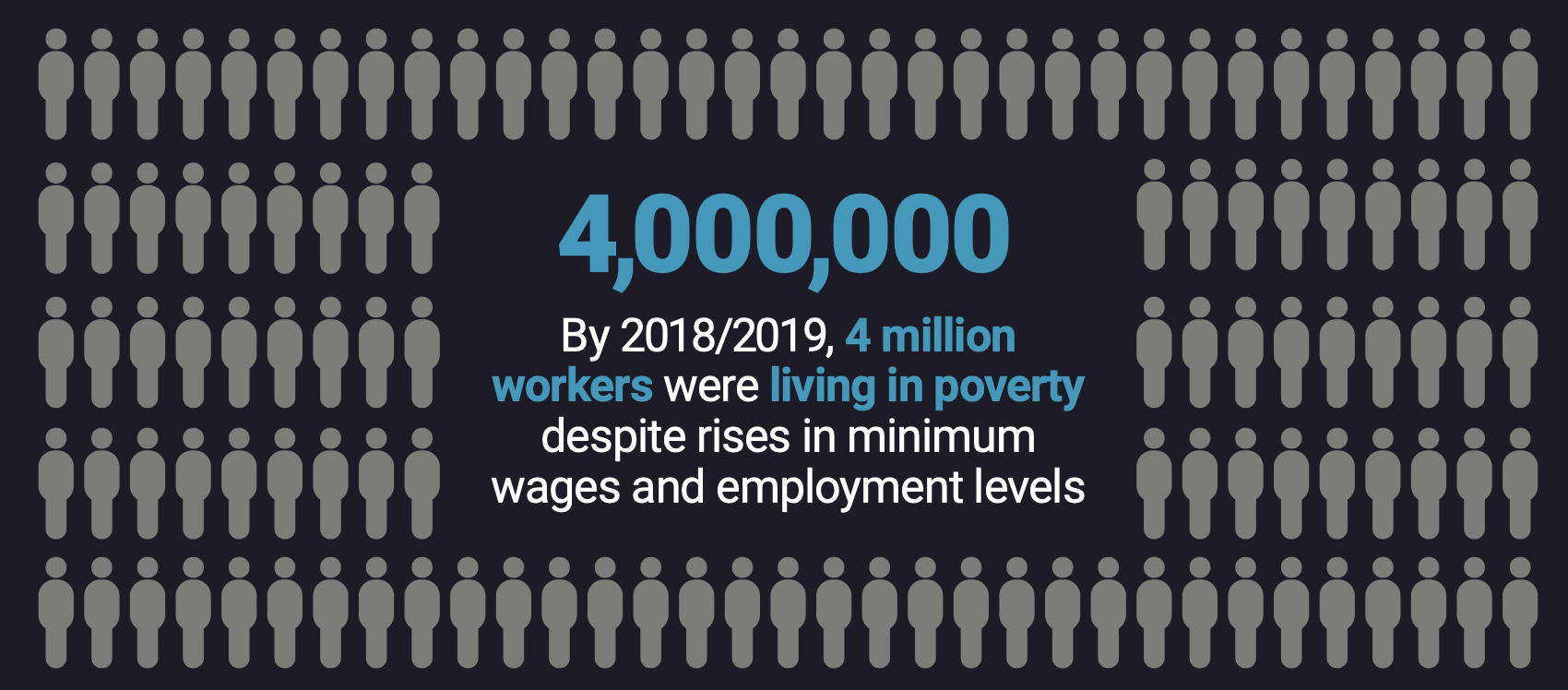A key part of the previous government’s plan for growth and currently being reformulated, Investment Zones have for decades been a policy aimed at delivering regional economic development, or levelling-up. Drawing on evidence from past policies and new research Neil Lee and Max Herbertson, outline five ways Investment Zones could be used for economic growth.
Investment Zones have had a short but turbulent history. Announced by Kwasi Kwarteng in his September growth plan. The basic idea was that by offering tax breaks in small geographical areas, firms would have incentives to invest and grow. The investment zones were an updated version of the Enterprise Zones championed by Thatcher and later Osborne. But, while Kwarteng was keen, academics were not – as the What Works Centre notes, ‘zonal policy’ suffers from major problems. In particular, as they incentivise firms to move over boundaries, they can simply displace economic activity from one place to another nearby.
Kwarteng also faced problems, being replaced by Jeremy Hunt only a month after announcing the new zones. His replacement’s vision for investment zones has been more cautious and more focused. In the Autumn statement, Hunt announced that the government will “refocus the Investment Zone programme”, using them “to catalyse a limited number of the highest potential knowledge-intensive growth clusters, including through leveraging local research strength”.
Rumours are the new Investment Zones will build on the growth centres model, developed by the Brookings Institution. However, despite academic misgivings, are there ways investment zones can be reformed to focus on innovation-intensive industries?
Lessons learned
Place-based policies such as the Truss-Kwarteng Investment Zones have two key characteristics: a small area focus and the use of short-term tax incentives to attract firms. Truss is said to have wanted 100 or even 200 zones. Extending the invitation to all upper-tier local authorities and mayoral authorities meant their cost ballooned – one estimate was that they would cost £12 billion per year.
The cost wasn’t, in the end, borne by the Treasury. Instead, it was paid by cash-strapped local authorities. The UK’s competitive bidding problem is longstanding – one estimate is that bidding for the three Levelling Up funds cost local government £63 million. There are no estimates of the cost of bidding for investment zones, but we know 90 authorities submitted bids. A stated aim in the Levelling Up White Paper was to reduce the reliance on competitive pots, in part because of cost of bidding. The first iteration of Investment Zones was one of the worst examples of this waste.
Returning to the question of displacement, evidence from previous Enterprise Zones shows the first two rounds (1980s/90s) created 58,000 additional jobs (directly and indirectly). But, over 40% of those jobs were created by businesses that had relocated to enjoy the tax cuts, so the total net employment benefits of the Enterprise Zones were minimal. The 2011 enterprise zones created a quarter of jobs expected by the Treasury and again at least one third came due to businesses relocating.
Investment zones for innovation
Focusing Investment Zones on innovation partially addresses the problem of displacement. Firms in R&D intensive industries are likely to be in tradeable industries, serving wider markets rather than local ones. For every 10 jobs in tradeable ‘tech’ can create seven associated jobs in non-tradeables. But, this alone doesn’t solve the problems inherent in zonal policy. Drawing on evidence here are five ways a new iteration of the strategy could drive growth and innovation more broadly.
1. Focused investment
Investment Zones need focused investment. Spreading finance thinly is politically easier, but means zones are less likely to reach the critical mass R&D intensive activity needs. There are plenty of failed examples of piecemeal attempts to develop local high tech sectors. Better, instead, to focus on areas with a strong chance of success and connect them more deprived places. The recent US CHIPS act allocated $10bn over five years for 20 regional technology hubs, or $500 million per hub. An equivalent size package (on a per capita basis) for the UK would be around £1.7 billion for four centres. To put this in context, the Royce Institute in Manchester cost £105 million. Why not start with the three places named as Innovation Accelerators in the Levelling Up White Paper: Glasgow, Greater Manchester, and the West Midlands.
2. Local relevance
Investment Zones need to be closely connected to wider local innovation systems. This means working with universities, research institutes, catapult centres and major firms to identify local innovation strengths and tailor support accordingly. Research suggests that within the UK, less productive regions are more specialised in areas relevant for net zero. On this basis, Anna Valero has identified a triple win for the UK: funding clean technology, to address climate change, generate growth, and contribute to levelling up. Investment zones could be used to kickstart this process. Wind energy, for example, is an area where the UK has technological specialisation and geographical advantages, but, the UK has not specialised in the export of wind energy products.
3. More than cost efficiency
R&D intensive activity is more reliant on skilled labour than on low costs – for example, high-cost Zurich hosts Google’s largest European R&D lab. Of course, cost matters even for innovation intensive industries but any package needs to be wider than this. Part of this is about skills, but Investment Zones should also experiment with different policies. For example, Tom Bridges, from Arup, suggests that testbeds could be created in zones to enable innovators and entrepreneurs to test new technologies and their uses in real-world conditions.
4. Long-term
Investment Zones need to support long-term industrial strategies and reduce policy uncertainty. Over the last decade, the lack of longevity in subnational policy has failed to provide the stability and predictability necessary to nurture long-term investment by the private sector and civil society. If Investment Zones are going to boost investment in advanced industries, they need to provide the certainty to businesses that enables them to make long-term bets and connect to local industrial strategy.
5. Reduced burden for local authorities
Finally, the selection process should incur minimal bidding costs. Over-reliance on competitions wastes time and resources in local government and undermines long-term strategy. Instead, set very clear criteria for the type of places where the policy might be successful – maybe using analysis such as that in the US – and then work with local leaders to tailor them to local need.
Place based policies such as Investment Zones have a long and chequered history. But they work best when linked to a longer-term strategy for a local area, when they are embedded into wider local needs, and when properly resourced. If this latest iteration of zonal policy is to work, it needs to learn from the failures of the past.
Neil Lee is Professor of Economic Geography in the Department of Geography and Environment at LSE. His research considers economic development, innovation, public policy, and inequality. He is Chair of the Policy Committee of the Regional Studies Association and has worked with public and private sector organisations including the World Bank, the OECD, the European Commission, NESTA, the Kuwaiti Government and the UK government.
Max Herbertson is a Research Assistant at the International Inequalities Institute under the supervision of Professor Neil Lee as part of the III research theme Cities, Jobs and Economic Change. He works on topics related to economic development and inequality, ranging from labour markets and inclusive innovation, to the political implications of deindustrialisation.
Photo Credit: Fran Serra via Unsplash.








